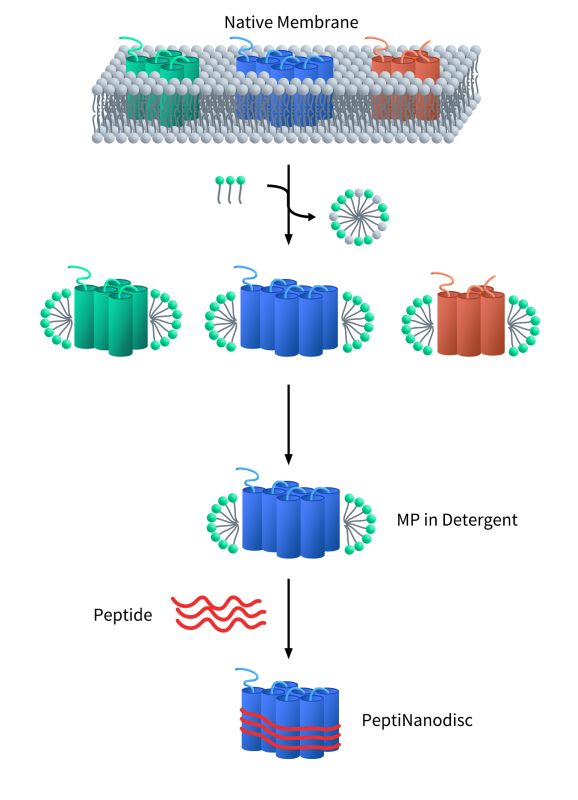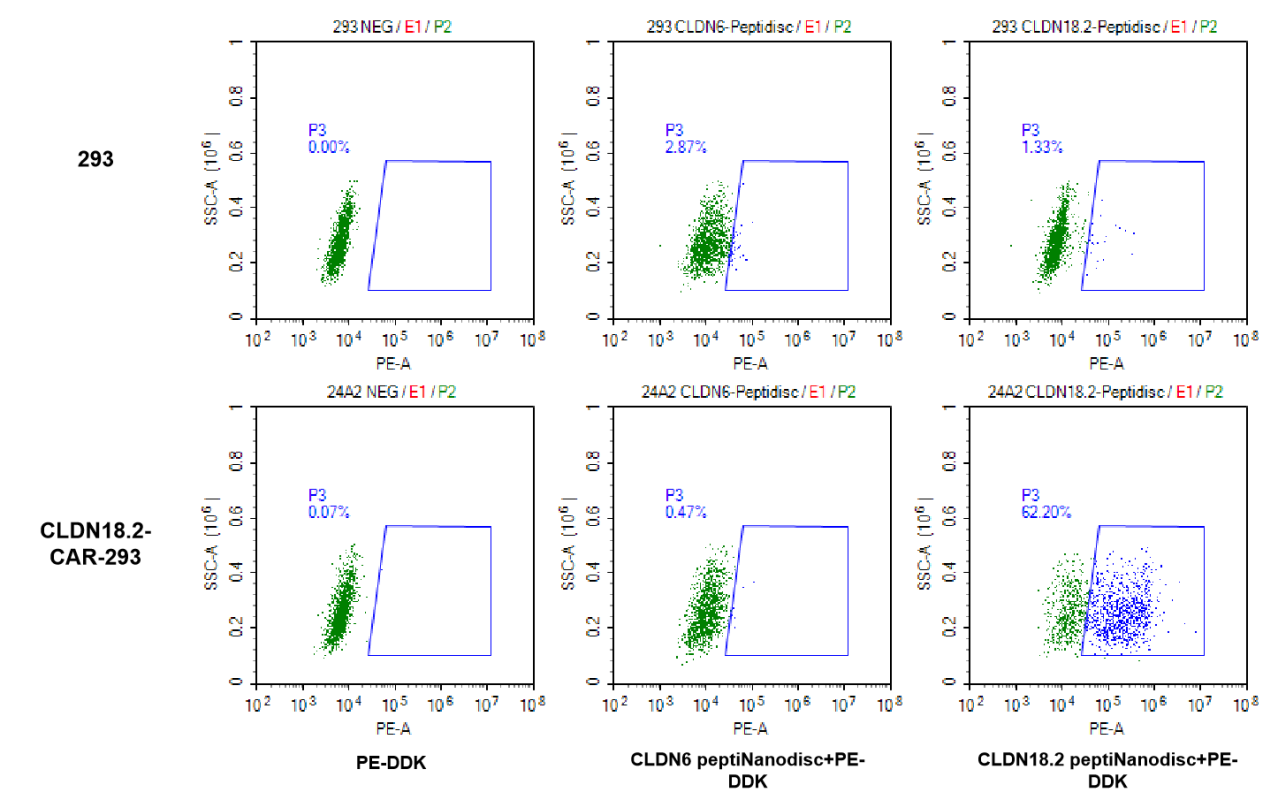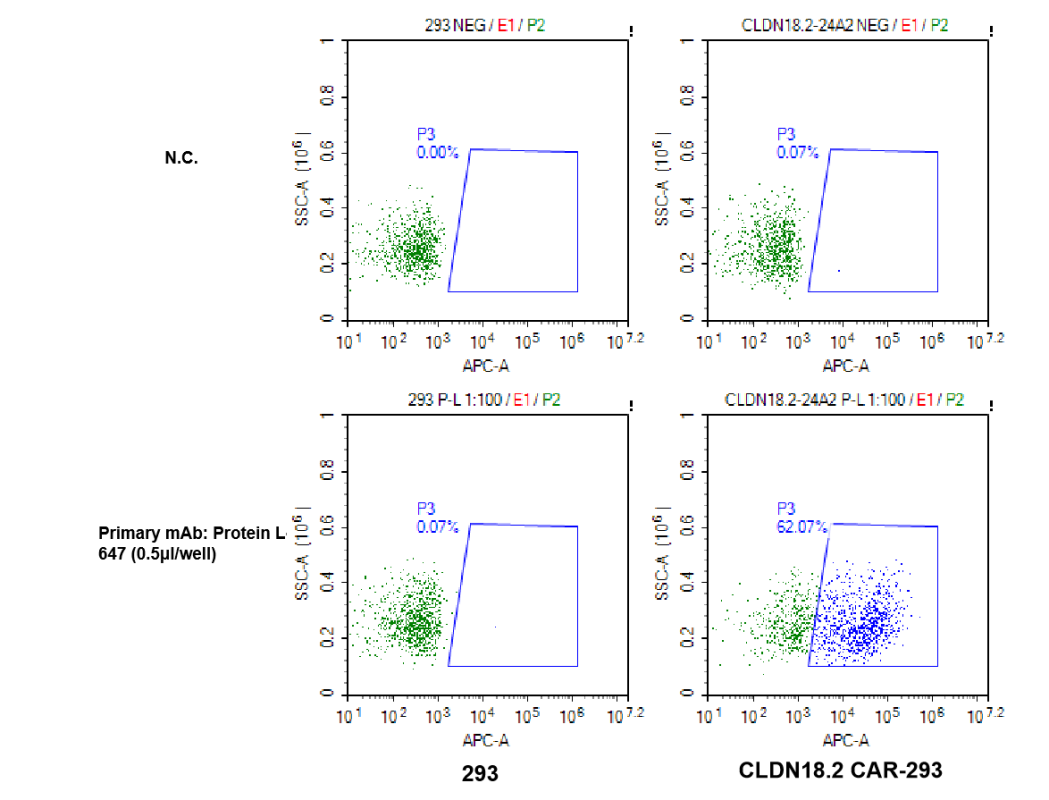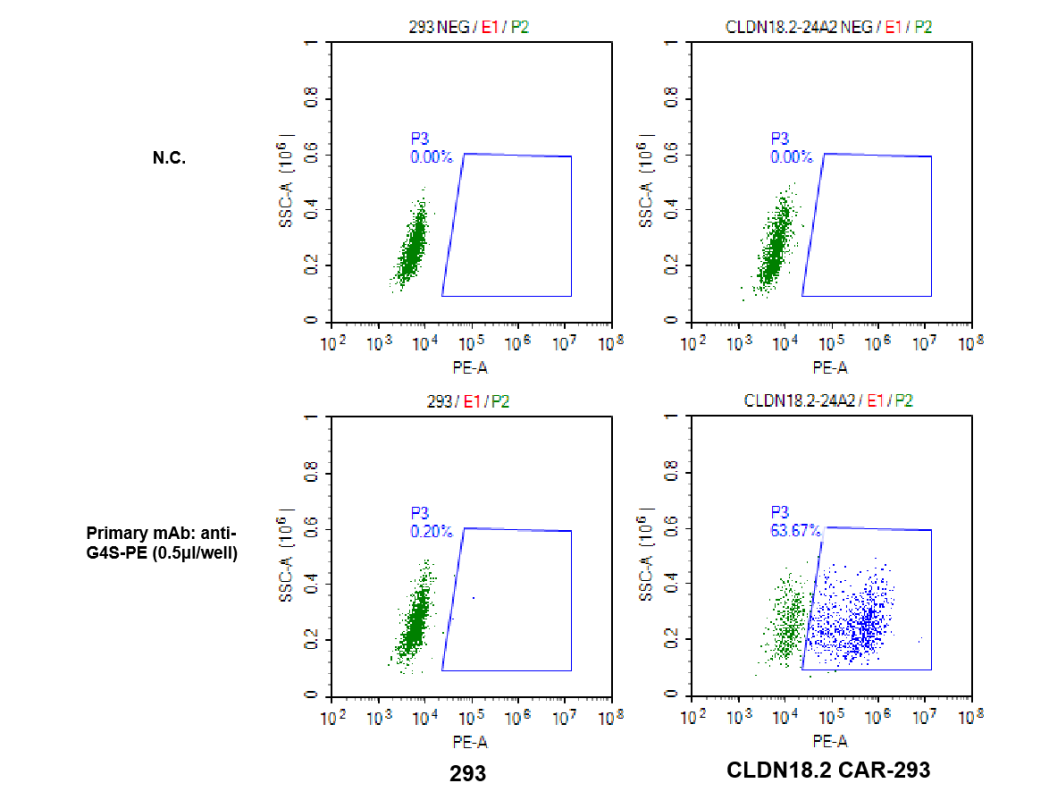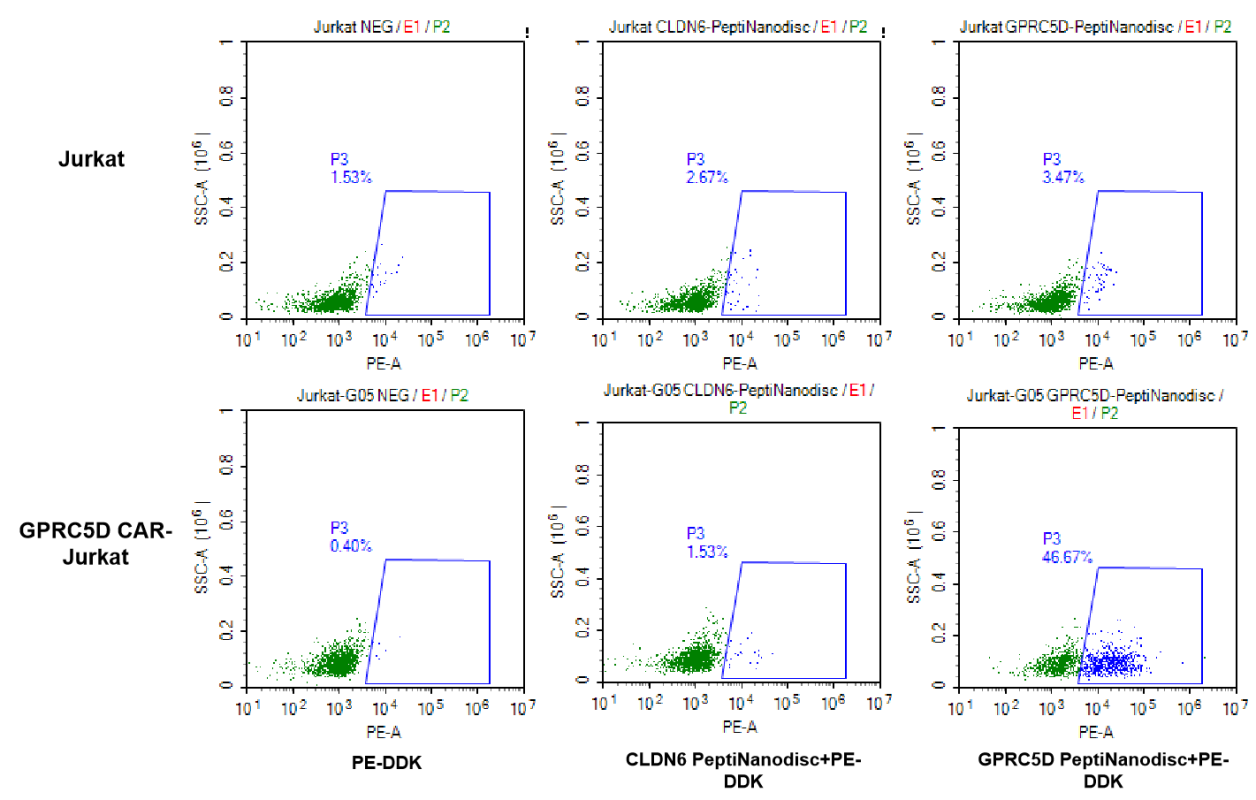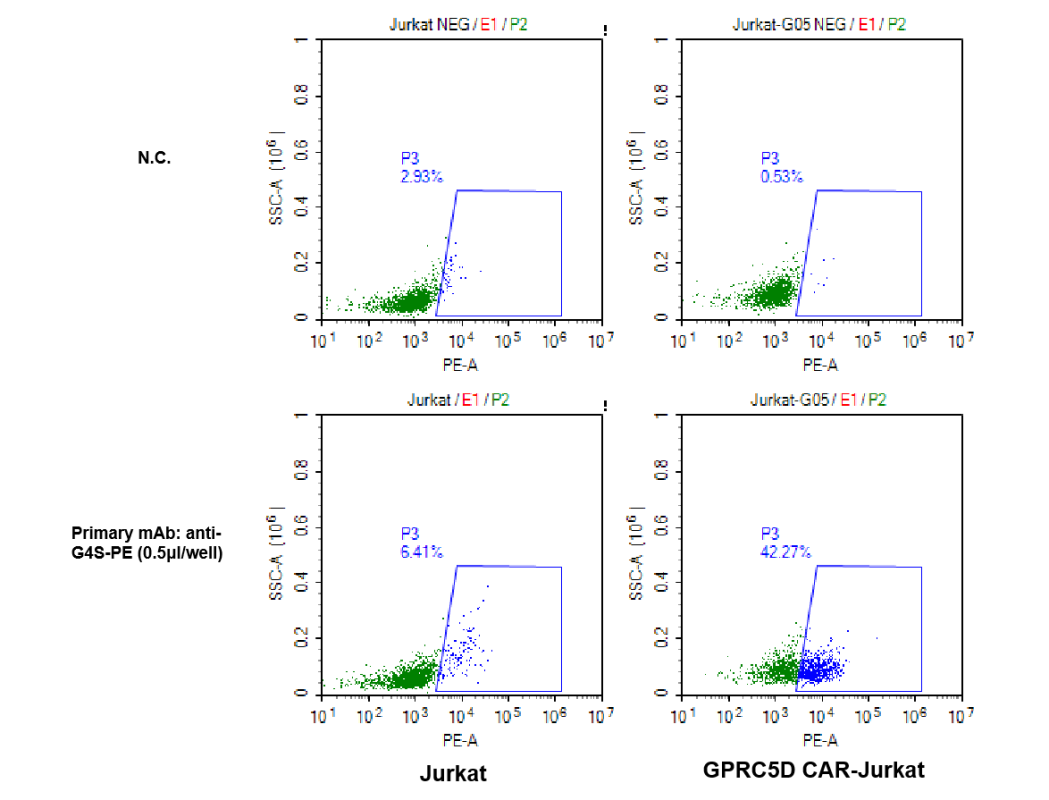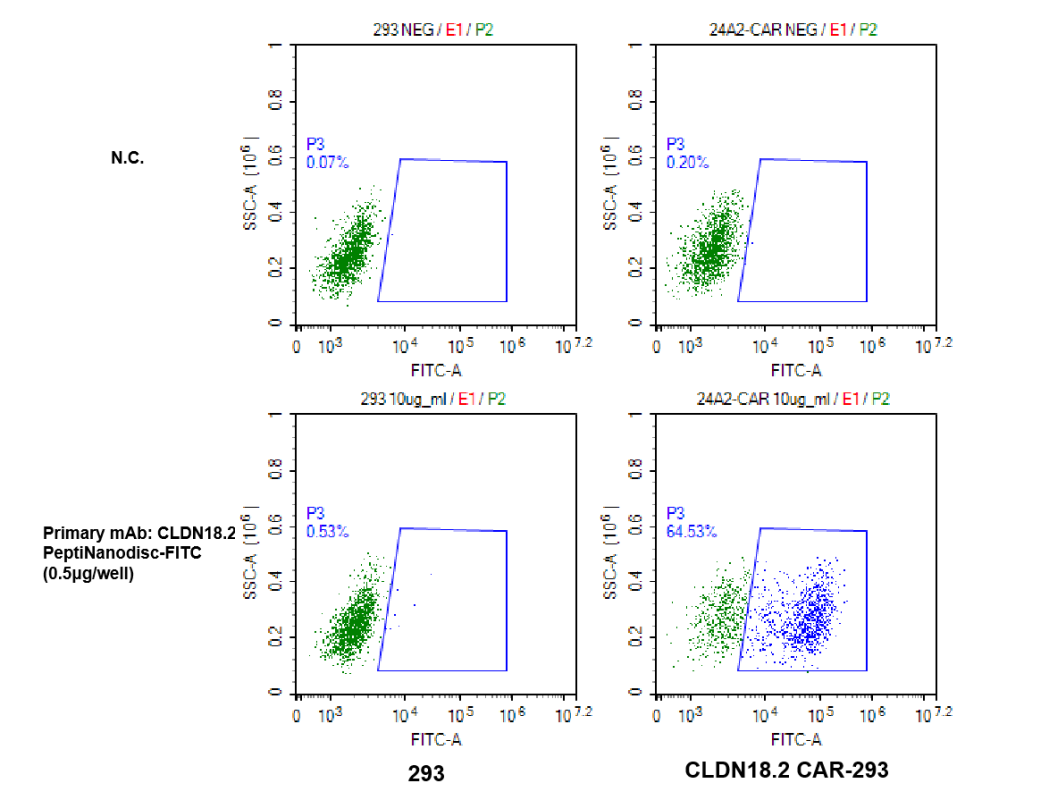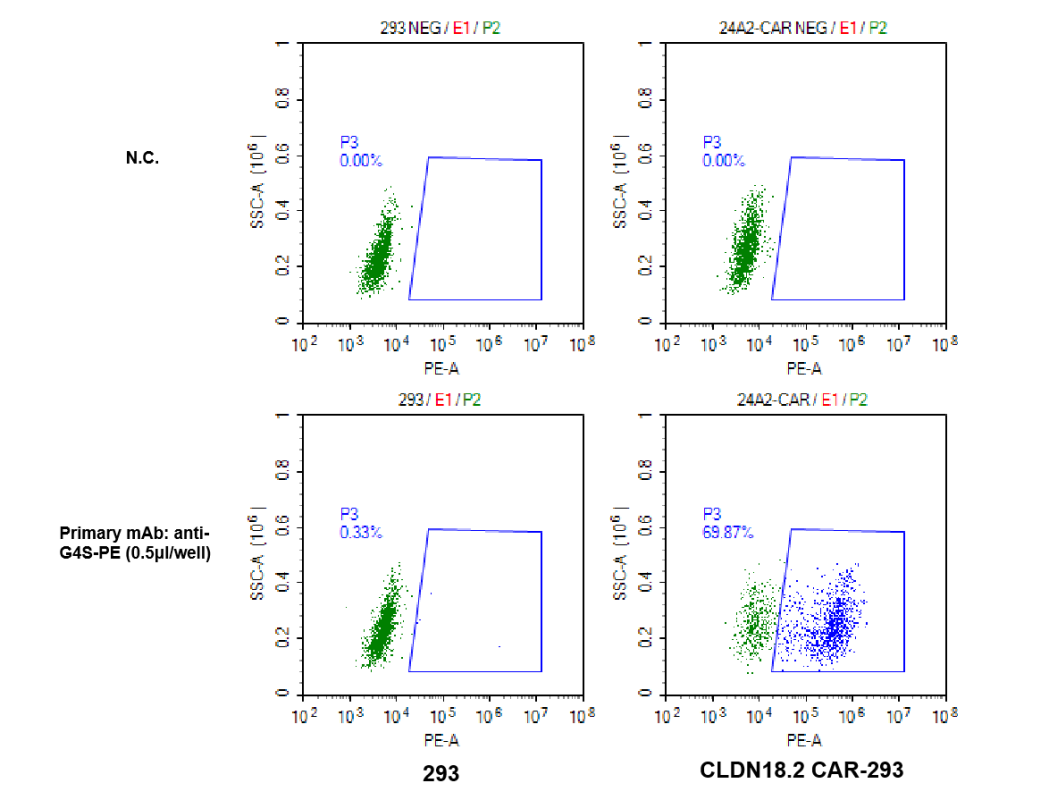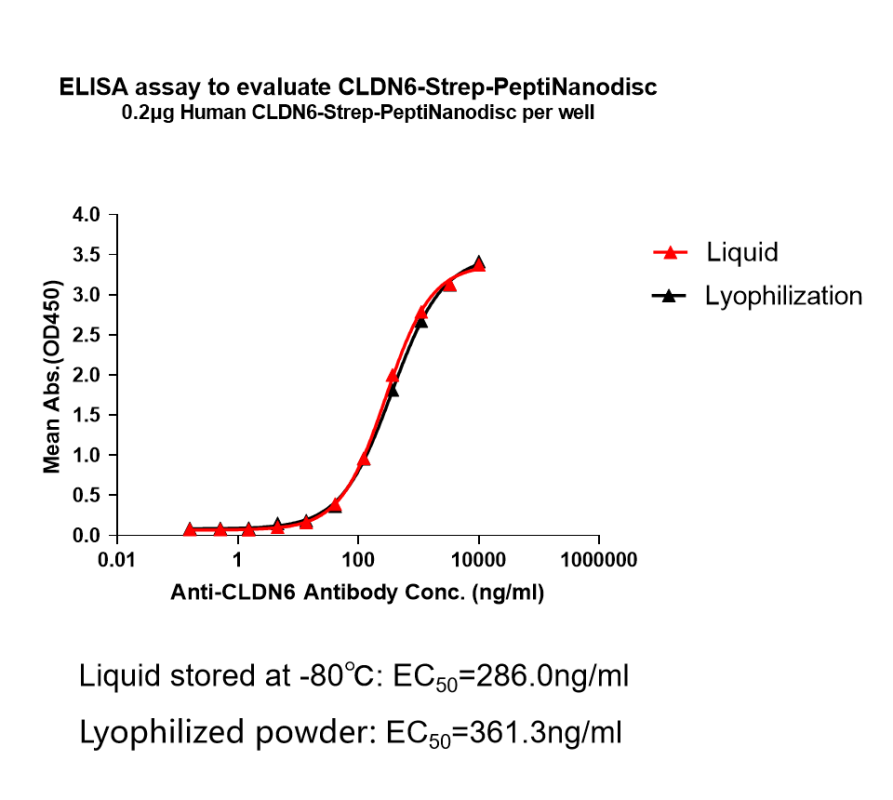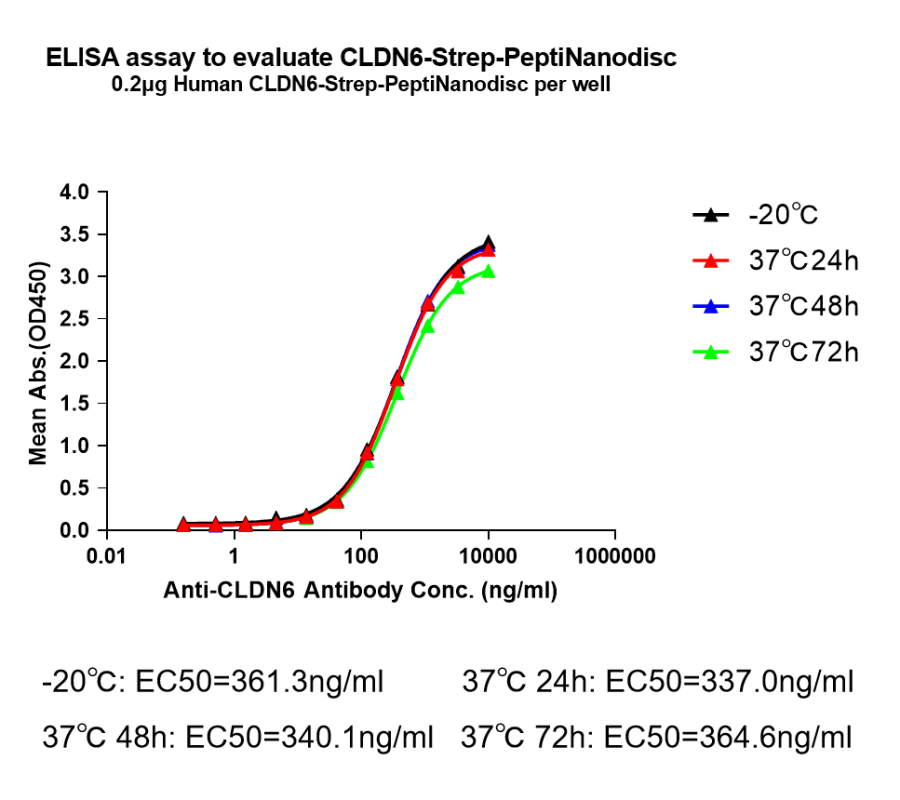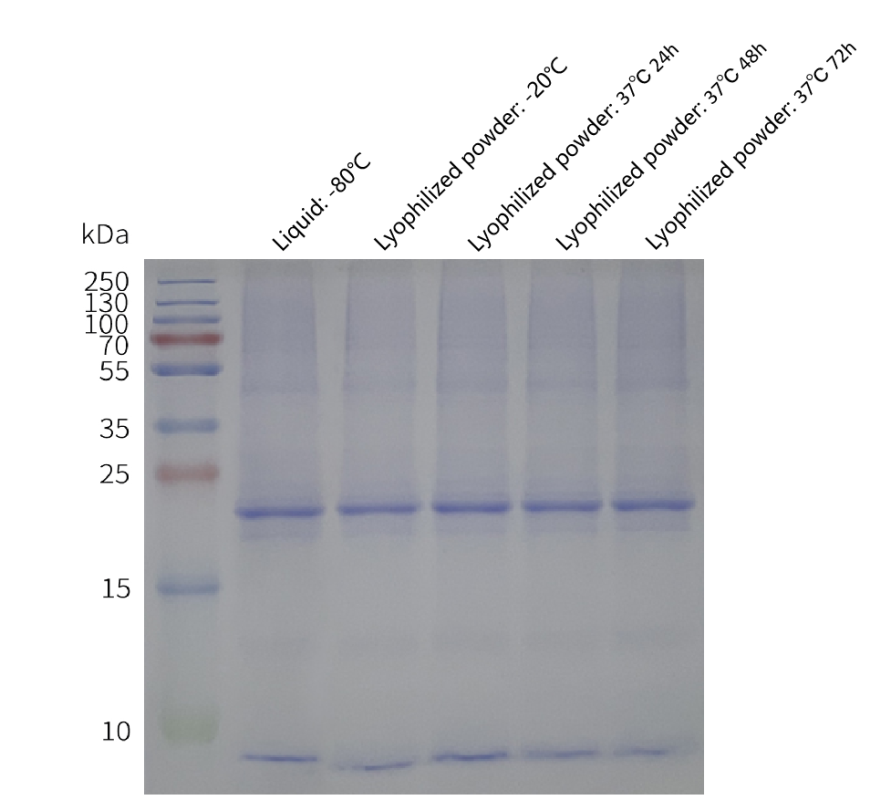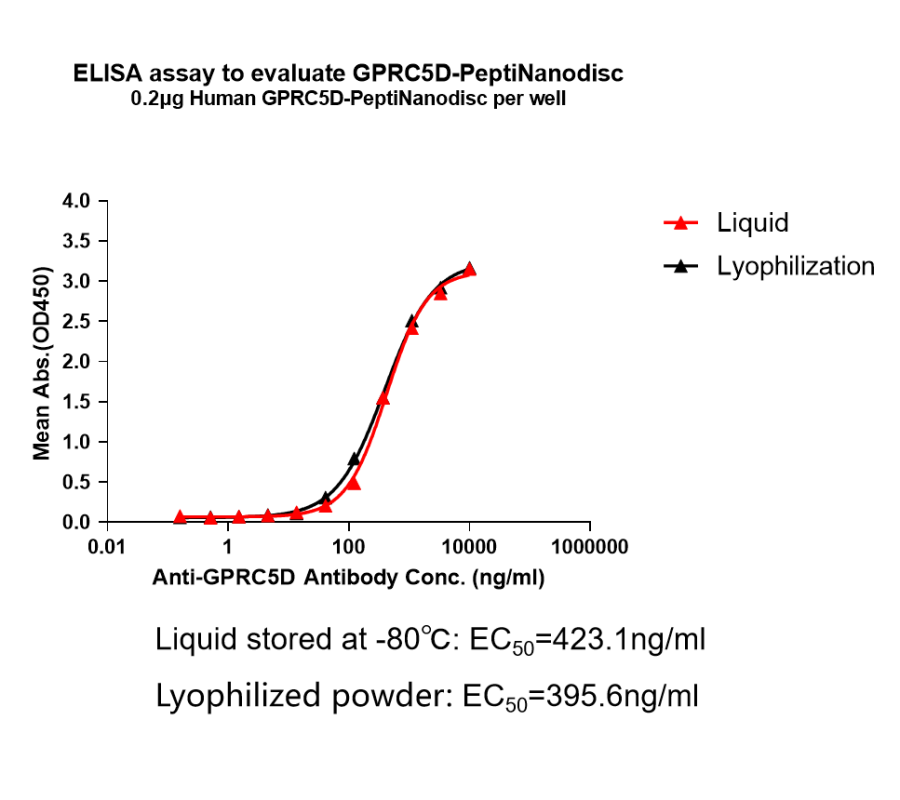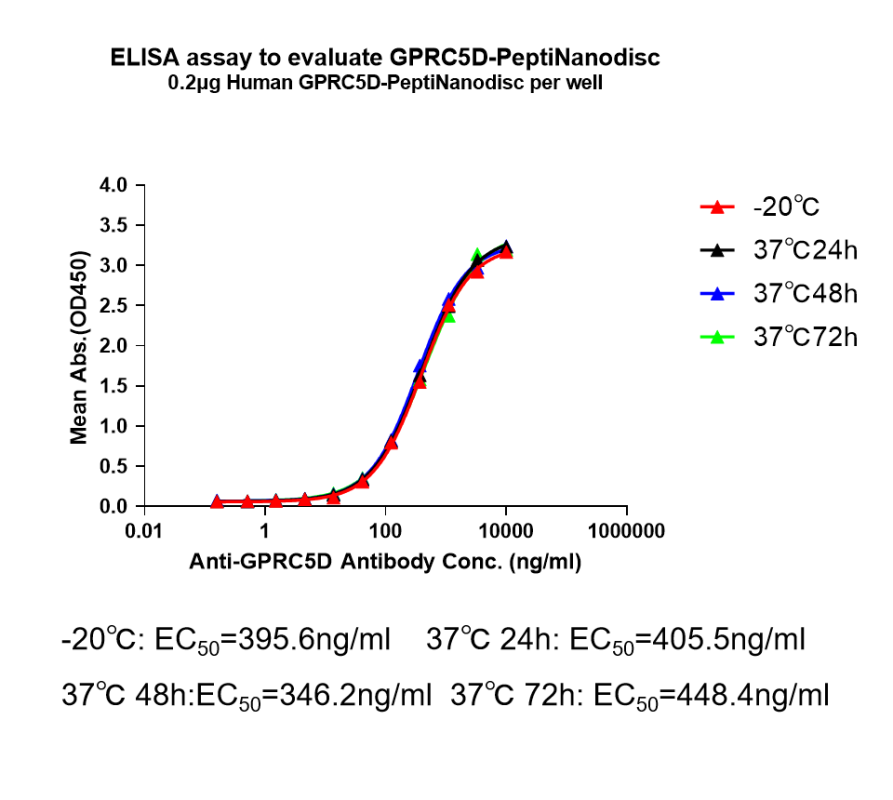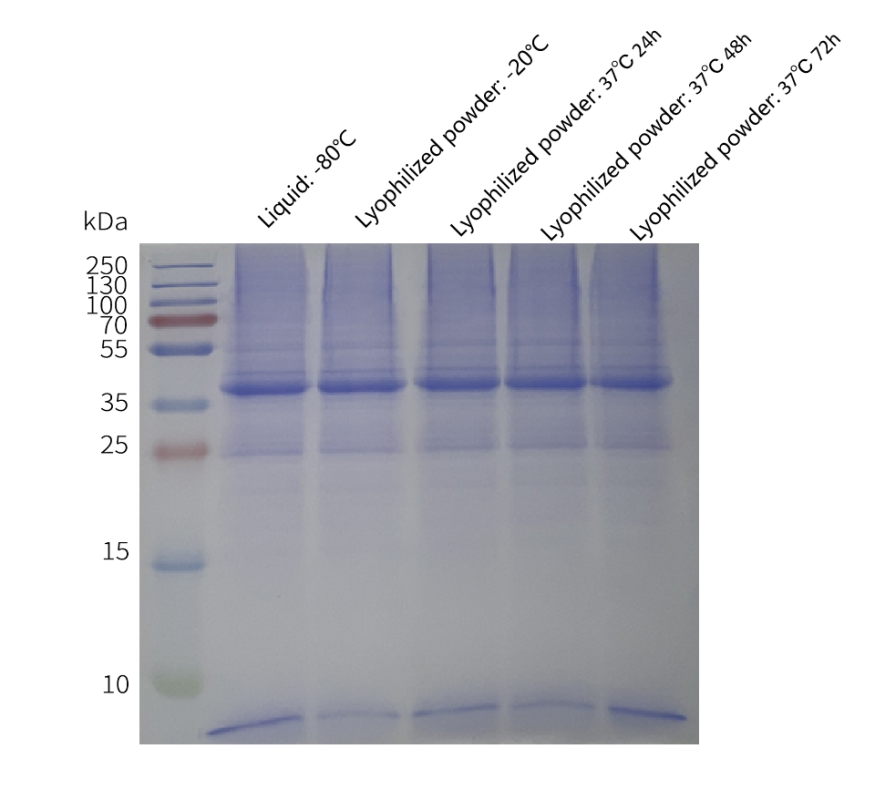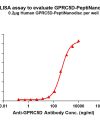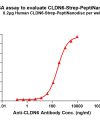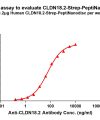PeptiNanodisc is DIMA BIOTECH’s innovative platform for generating high-quality, full-length membrane proteins (MPs) in a detergent-free, lipid-free format. After solubilizing the proteins from cell membranes using mild detergents, we apply specially designed peptides to replace the detergent and stabilize the hydrophobic regions of the proteins. This results in purified, native-like membrane proteins that are ideal for cell-based assays, functional studies, and drug screening—without the risks of membrane fusion or assay interference seen with traditional nanodisc formats.
Traditional methods relied on detergents to solubilize membrane proteins by replacing lipids, but detergents are often toxic and can destabilize protein structure and activity. Nanodiscs were developed as a detergent-free alternative, using lipid bilayers stabilized by scaffold materials such as MSPs or polymers. However, these formats are not ideal for cellular experiments, as the lipid content can cause unintended fusion with cell membranes.
To overcome these challenges, DIMA Biotech developed PeptiNanodisc—a simple, lipid-free system that uses synthetic peptides to shield hydrophobic regions of membrane proteins during purification. The resulting proteins are stable, soluble, and compatible with a wide range of cell-based functional assays. This peptide-based scaffold also offers broad compatibility across diverse membrane protein classes, regardless of size or complexity.

